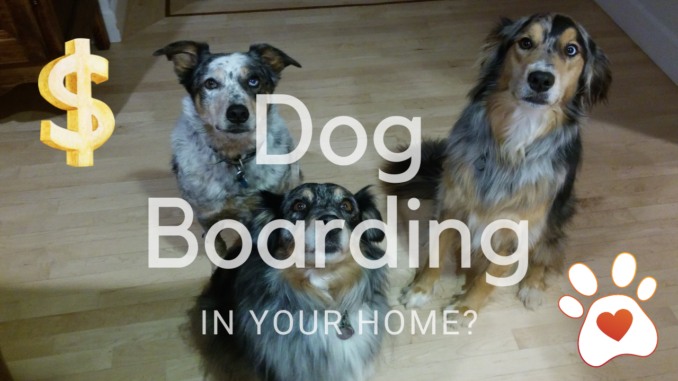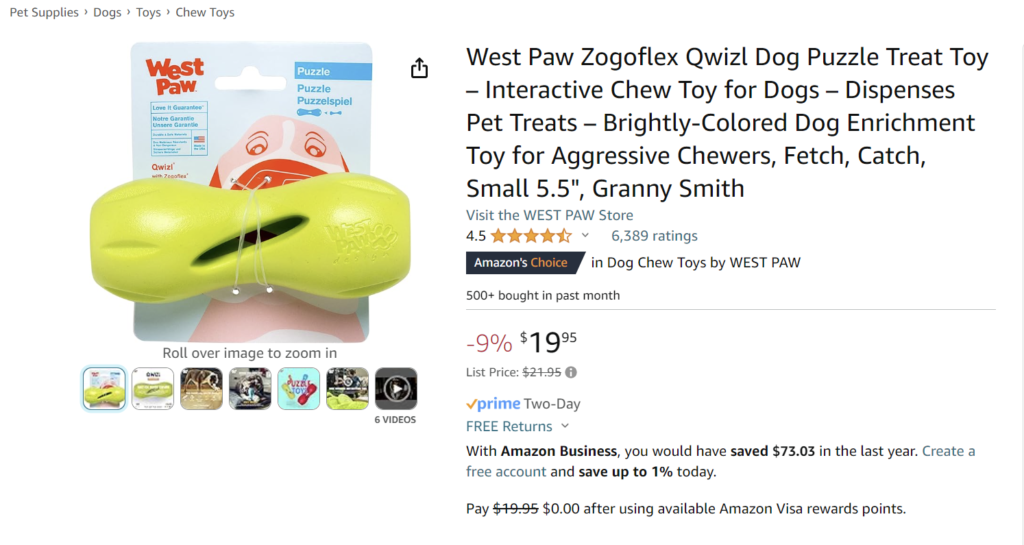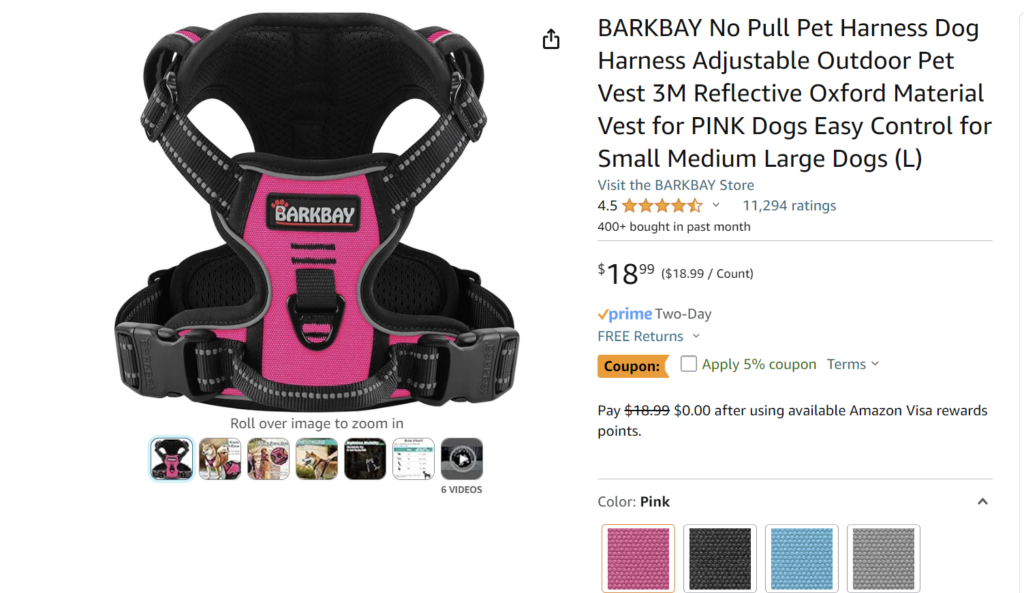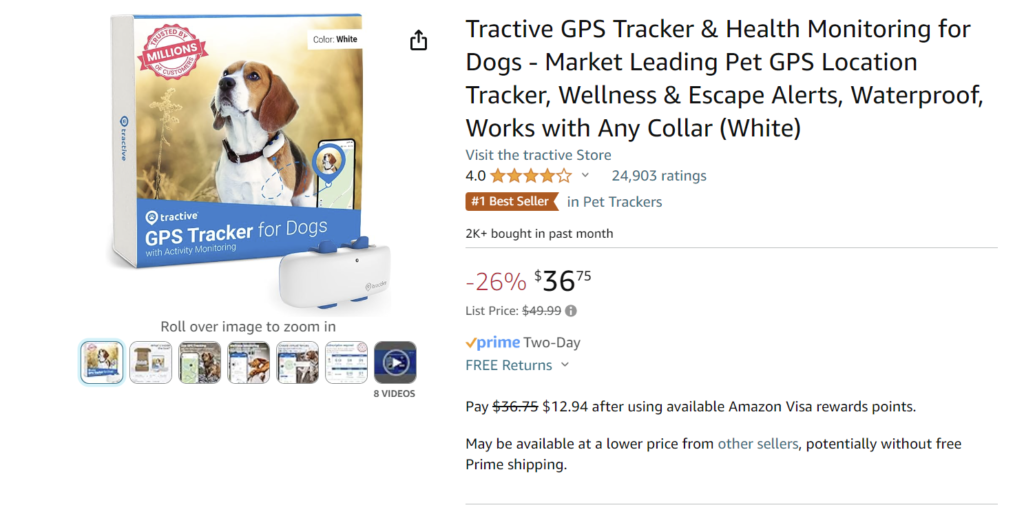
Boarding dogs in your home can be a fun and profitable business but there are some important things to be aware of. Learn about the legal and practical considerations as well as how much you can make with this type of business.
UPDATE FOR 2024: Don’t miss FSP’s new step-by-step series How to start a dog boarding business from home.
With the rise in popularity of pet sitting apps like Rover.com and Wag!, at-home boarding has become a commonly available option for the traveling pet owner. All you need to do is log in, provide some information about your dogs, and book instantly with a sitter providing service in your area. It is equally simple to become a sitter through these apps. It takes no more than a few days to sign up and begin taking clients. With thousands of sitters providing this service, it must be legal, right?

Well … In most situations, it is not legal to board dogs in your home as a business. How then are so many people doing it, and why would these national corporations advertise a service that is not legal? The answers are complicated, involving city codes, county ordinances, and zoning. If in-home boarding is something you really want to do, then you must educate yourself on all these and other considerations in order to be successful.
The origins of in-home boarding as a business
Friends, relatives, and neighbors have always helped each other out with pet care. It is not uncommon for a pet owner to drop off their dog – or less often, their cat – at the sitter’s house when they are going out of town. These arrangements are usually free of charge or reciprocal, with owners taking turns helping each other out. A traditional boarding business consists of a facility with kennel runs, which is designed and permitted for that purpose. So how and when did in-home boarding become a business?

Back in the 90’s when I started my pet sitting business, there were a handful of people who discovered and took advantage of this option. At some point they figured out that staying home and letting the clients drop their dogs off each day was easier – and more profitable – than driving around to each house individually. Day care turned into full-service boarding, with some sitters buying crates, installing dog runs, and even converting outbuildings in the back yard into kennel facilities.

In-home boarding isn’t for me, although it works well for many other entrepreneurs. When I come home, it’s my time to rest and enjoy my own pets. I don’t want to wrangle other people’s dogs who might fuss or bark at night (I’m a light sleeper), get into fights, hurt my cats, or cause any other number of problems. But that’s my opinion. This business can work if you cover all your bases, plan, and manage the situations that arise appropriately. Before we get into the legal aspects, let’s talk about how much money you can make.
Income potential
With in-home boarding in such high demand, you do have the potential to make good money if this is a business model that works for you. How much is good? Well, it’s up to you to set prices that your local market can support and that meet your needs. A quick search on Rover shows in-home dog care offered from a low of $35 to a high of $80 per 24 hours in my area (Sonoma County, CA). Rover can be a quick way to pick up clients, as it is a very popular app, but keep in mind that the company keeps a whopping 20% of your fee! To make a profit, you will need to set your prices on the high side or take in a lot of dogs each day. Some sitters on this platform will ask the dog owners to book directly with them in future. This is, of course, against Rover’s terms of service, but it happens all the time. That 20% takes a big bite out of your earnings.
Doing market research and seeing what others charge is helpful, but it shouldn’t determine what you charge. I and others have found that if we set prices above market rates and provide excellent service, we will be successful. Most people are willing to pay for the best quality customer service and peace of mind. More important is what you need to make a living. Will this be your primary source of income or a side business?

Let’s say you determine that you need to make $5,000 a month from your business, and you determine that $50 a day is a good price for your area. That means you need to complete 100 days of care over the month. If you care for 3-4 dogs per day, every day, you will meet this goal … or will you? Let’s not forget about everyone’s favorite subject, taxes! Realistically you should calculate 25% of your earnings for taxes, so on each $50 visit you are actually making $37.50. At that figure, you will need to complete 133 days of care, or 4-5 dogs per day. See how this works? Raising your price even a little can add up to more earnings in the month, not to mention less work. Your earning potential is really up to you: how much you need to make, how many days in the month you want to work, and how many dogs you can safely accommodate at once.
Pet limit laws
Most cities and counties have pet limit laws. I tend to agree with opponents of such laws who claim they are arbitrary and not based on quality of care, but like them or not, there they are. In my city, there is no cat limit, but there is a limit of four dogs per household. In other areas, that number can be as low as two. Rescue folks often complain about these laws as they affect fostering. Fostering saves lives by getting animals out of shelters and keeping them in a home environment until they can be adopted. Sometimes law enforcement will look the other way in these situations provided there are no complaints because the foster animals are only in the home temporarily. Police, sheriff, and animal control officers care about animals, but they are compelled to uphold the law when your actions cause problems for others. Noise, bad odors, and fear of aggression towards people or pets are just some of the issues that come up when a person has too many dogs in their home.
Zoning and planning
Zoning is an interesting and admittedly sometimes nonsensical process. I recall a County meeting I attended where pet-related ordinance changes were being discussed. The representative of zoning and planning was talking about a new housing development in a sensitive wetland area. She noted that cats would not be allowed outside because of their potential impact on birds. I thought about it for a minute, then wondered how cats could have such an impact but not bulldozing a huge area and building roads and houses.

Some of zoning makes more sense, like how liquor stores and marijuana dispensaries can’t be right across the street from a school, or how a noisy nightclub can’t be opened in the middle of a residential district. One common scenario is that of the pet housing facility.
Ever notice how dog boarding kennels and animal shelters are always on the “wrong” side of town, in the industrial area, right off the freeway, or next to the water treatment plant? There’s a reason for that. Residents don’t want to deal with noise, odors, and flies, so these kinds of businesses are not permitted near homes. Animal shelters attempting to build new facilities in better areas, like Humane Society Silicon Valley, were forced to build their kennels completely indoors to mitigate these requirements. They do have a lovely outdoor exercise yard, but dogs must be supervised and cleaned up after right away. There are some exceptions to the usual zoning, like veterinary hospitals and grooming salons, provided the animals are only at the facility for a short time and never unsupervised.

The changing face of pet care
When I moved to Sonoma County, I went down to my local city hall to buy a business license. The clerk gave me the third degree, telling me I needed to change the zoning on my house because I am operating a business there. I tried to explain that pet sitting occurs only in the client’s home, and that all I do at home is work on my computer and make phone calls. She wouldn’t budge, so I took the paperwork home, filled it out, and listed a friend’s address in another city as mine.
I soon found out why she had been so hostile. I had been out of pet sitting for a while as I focused mostly on animal welfare and shelters, only taking a client here and there on the side. After developing this latest iteration of a full-time business in 2014, I was surprised by the changing face of potential clients. In the 90’s and early 2000’s, clients would call weeks before they needed service. There was a lengthy phone conversation followed by an appointment in person where care details were discussed and paperwork was filled out. Dates were booked and service commenced. Future care was booked over the phone unless there was some major change requiring another in-person meeting. Not so for today’s clients!
I was excited when the phone started ringing, but dismayed at how again and again they would ask for boarding. “When can I drop off my dog?” was a common question. When I explained that this is a pet sitting business, not a kennel, there was silence followed by, “Oh, so I can’t drop off my dog?” Also changed was the timeline. People I had never talked to before were calling wanting to “drop off my dog” THAT SAME DAY. I couldn’t imagine how a pet owner could hand their beloved companion over to someone they had never met or even had a conversation with. Eventually I figured out that “pet sitting” had become synonymous with “in-home boarding,” and that this was the expectation of many potential clients. This is good news for those of you who want to offer this kind of service, as it is in high demand from today’s dog owners.
Neighbor complaints
Back to the legal considerations. I mentioned limit laws and zoning, things that may not seem like a big deal until they are. I recall a small business attempting to open in rural Sonoma County a few years ago, and the hell the owner went through. She had been doing in-home boarding and daycare on a small scale, and she wanted to get everything set up legally so she could grow the business. Unfortunately as soon as the neighbors found out about it – even if they had not noticed it before – they came out in droves to complain. Standing room only Board of Supervisors meetings commenced with neighbors lined up out the door waiting for their opportunity to make a public comment. They claimed, among other things, that the noise from barking could be heard miles away. When someone suggested that the barking they heard might be from other dogs closer to home, they wouldn’t have it.

Another concern of these neighbors, and others in similar hearings, was traffic impacts. Even a small operation with, say, 10 dogs can have a surprisingly big impact. If 10 owners are dropping off in the morning and picking up in the evening, that’s 20 impacts per day, 20 times that a vehicle is driving up to your house, parking or double-parking, and loading or unloading their dog(s). Unless you’re going to pick up and drop off as part of your service, this is an important consideration.
What now?
At this point you may think it best to just keep quiet about your business, and I can understand that; however, be aware that getting away with something is not the same as it being legal. My recommendation is to research requirements in your area before starting your business, and follow them, as onerous as they may seem. If they are insurmountable, there’s always the easier option of pet sitting in the client’s home. If you’re really interested in boarding, research opportunities for already-permitted kennel facilities in your area. The owners may be looking to sell or to take on a business partner, giving you the opportunity to learn more and get your feet wet.
Be sure to check out my other pet business articles including How to create a website for your pet business.

